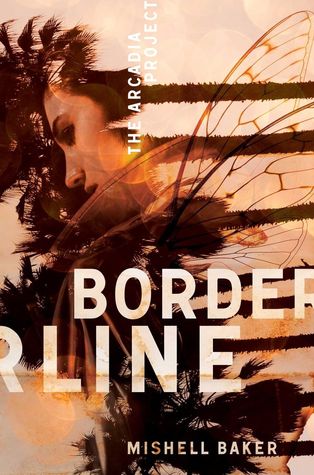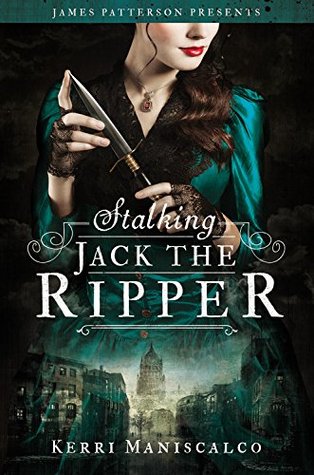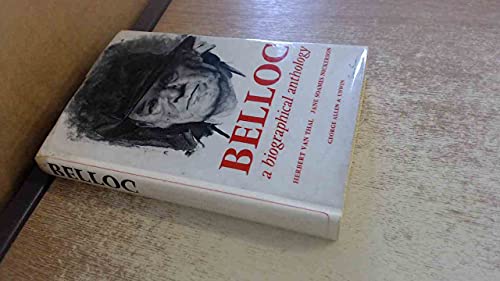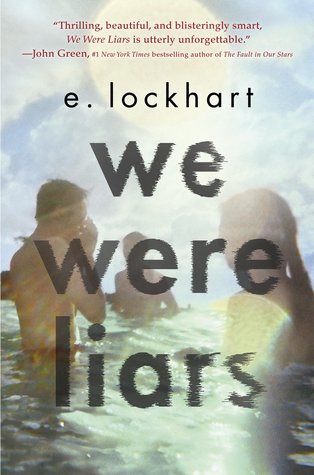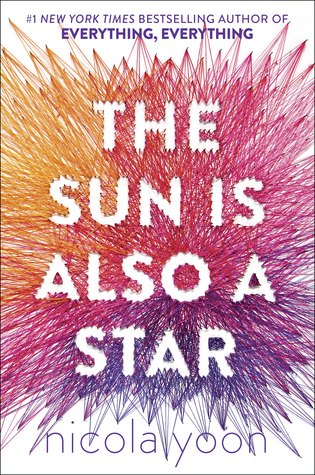I
love the cover of this book---very dramatic with its string of barbed wire and
Bronislaw Huberman playing his violin. I probably would have picked it up even
if one of its authors, Josh Aronson, hadn’t had a book signing at the St. Louis
Public Library. His presentation was wonderful.
I
had never heard of Huberman until that night in January 2017. Aronson’s
description of the great violinist birth reverberated in my soul. It seems that
the elder Mr. Huberman had always dreamed of being a violinist. When his dream
was thwarted, he decided that one of his sons would play. Immediately after
Bronislaw’s death, his father looked at his hands and declared him a violinist.
Beginning
when the lad was five or six years old, his childhood ended. His father demanded
that he practice four to five hours a day. Luckily from him, Bronislaw was a prodigy. Be the time he was 14, he
was playing concert stages around the world to great applause. He was making
the money that his father demanded.
Bronislaw
was a quirky, sickly little dude, but that didn’t stop his father from pushing
him, and pushing him, and pushing him. Abuse takes many forms, and Bronislaw
endured the verbal attacks of his father. But this is more than just a tale of
child. It’s the story of how being that driven created its own dreams.
I
think Bronislaw was a tad psychic. He felt that the Great War would happen and
was sure that another one would occur. As he watched Adolph Hitler ascend in
Germany, he keenly felt the upcoming horrors Hitler would impose on the Jews.
Interestingly, Bronislaw considered himself first a violinists, second a Pole,
and third a Jew.
As
he watched Hitler deconstruct Germany’s culture. He vowed to create an
orchestra in Palestine, a place where Jews were fleeing to at such an alarming
rate that the world should have noticed that something evil was occurring in Germany.
Bronislaw
worked tirelessly to get money, certificates, a rehearsal hall, and the
musicians Hitler had fired get out of Germany. He pushed himself on world
tours, speeches; he would do whatever it took to get someone to listen. He
pushed himself to the brink of a breakdown several times before December 26,
1936, when the Israel Philharmonic Orchestra played its first concert in Tel
Aviv, conducted by Maestro Arturo Toscanini.
One thing I didn't understand was how the number 1,000 wsa chosen. On opening night of the IPO, there were 71 musicians who had abandoned Nazi Germany. Not sure how the authors arrived at that figure, but Orchestra of Exiles: The Story of Bronislaw Huberman. The Israel Philharmonic, and the One Thousand Jews He Saved from Nazi Horrors is fascinating look at a story that had been largely forgotten, but shouldn’t be. This work receives 5 out of 5 stars in Julie’s world.






